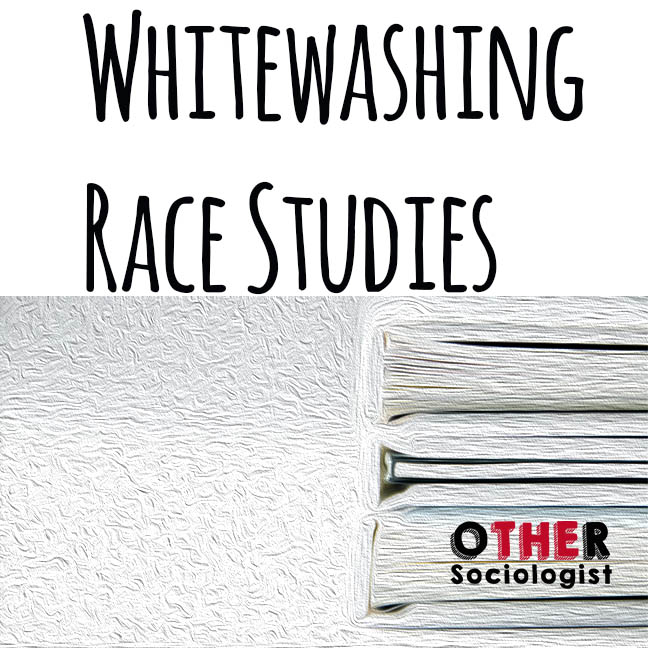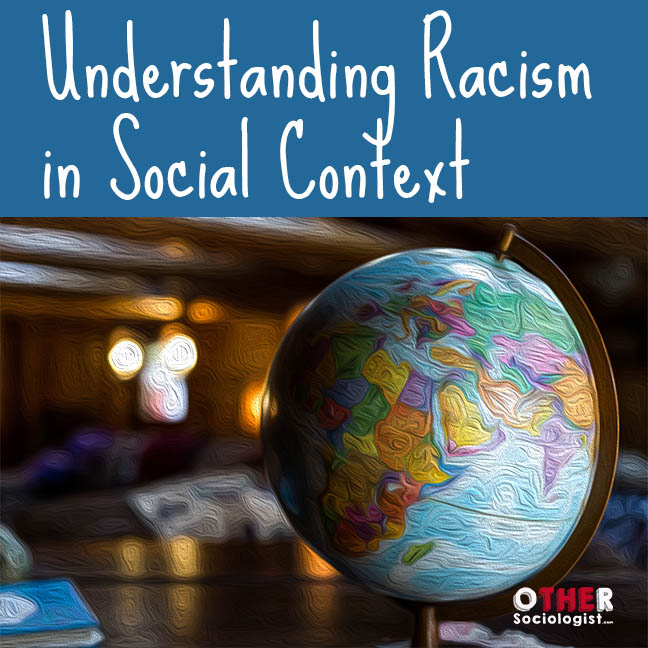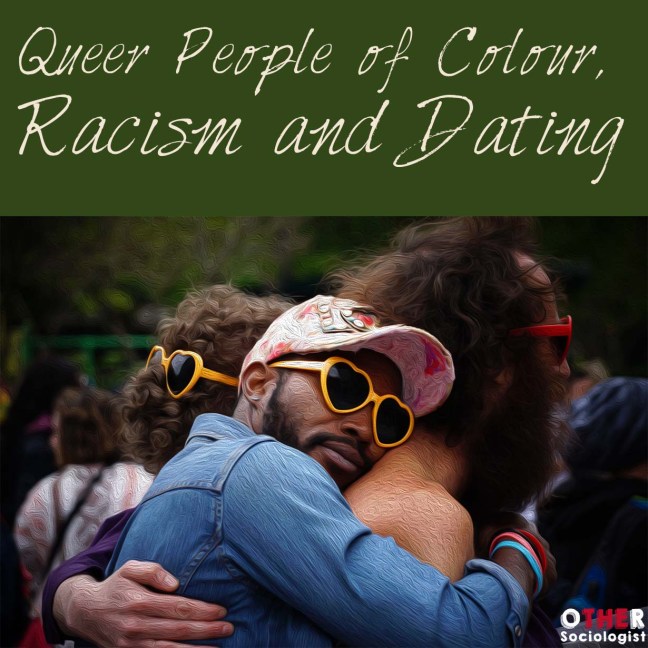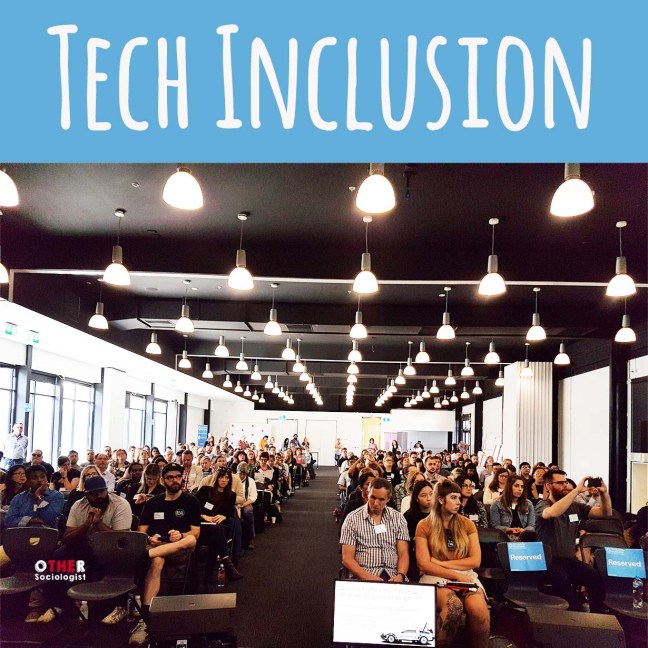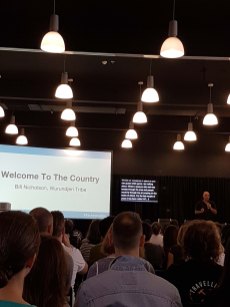In Episode 4 of our Race in Society series, Associate Professor Alana Lentin and I spoke with three health experts to unpack how racist ableism drives the management of lockdown and healthcare during the pandemic. Ableism is the discrimination of disabled people, based on the belief that able-bodied people (people without disability) are superior, and the taken-for-granted assumptions that able-bodied experiences are “natural,” “normal” and universal. Racist ableism describes how ableism intersects with racial discrimination (unfair treatment and lack of opportunities, due to ascribed racial markers such as skin colour or other perceived physical features, ancestry, national or ethnic origin, or immigrant status).
In “Lockdown, Healthcare and Racist Ableism,” we explore the ways in which Aboriginal and Torres Strait Islander people living with disabilities can be better supported in the health system, how to establish cultural safety during the pandemic, and what an anti-racist response to healthcare might look like.
First, we spoke with June Riemer, the Deputy Chief Executive Officer of the First Peoples Disability Network. She discussed the Network’s advocacy on the Royal Commission into Violence, Abuse, Neglect and Exploitation of People with Disability, and the impact of COVID-19 on Aboriginal people with disability. Second, Associate Professor Lilon Bandler is a Principal Research Fellow for Leaders in Indigenous Medical Education Network. She spoke about cultural safety and the imposition of heavier restrictions on racial minorities during lockdown. Finally, Dr. Chris Lemoh is an infectious disease expert and general physician at Monash University Health. He discussed his advice to the Victorian Department of Health and Human Services, after the Department put nine social housing towers in Melbourne under heavily armed police lockdown. The majority of these residents were migrants and refugees. No other neighbourhood was policed in Melbourne in the same way.
These patterns are now being repeated in Sydney. Eight multicultural suburbs have been put into a “hard lockdown,” including visits by police and military personnel. To see how our guests’ work still resonates in the current context, watch our video, and read a summary below.

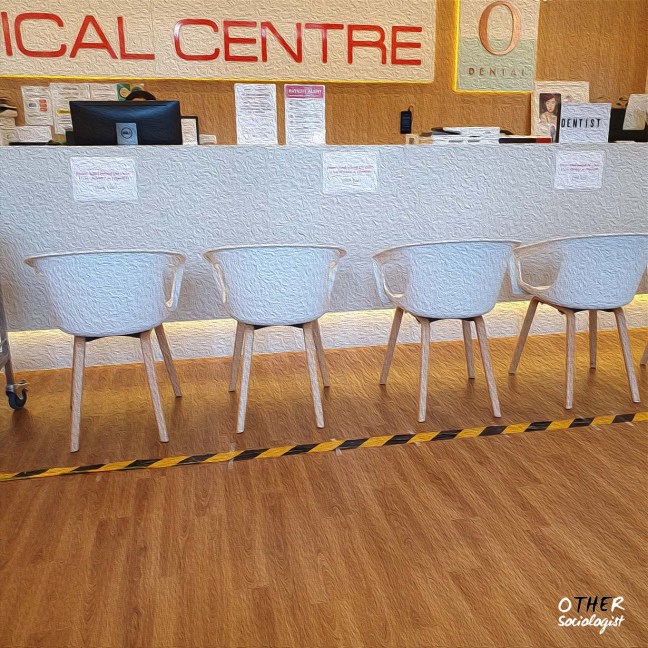
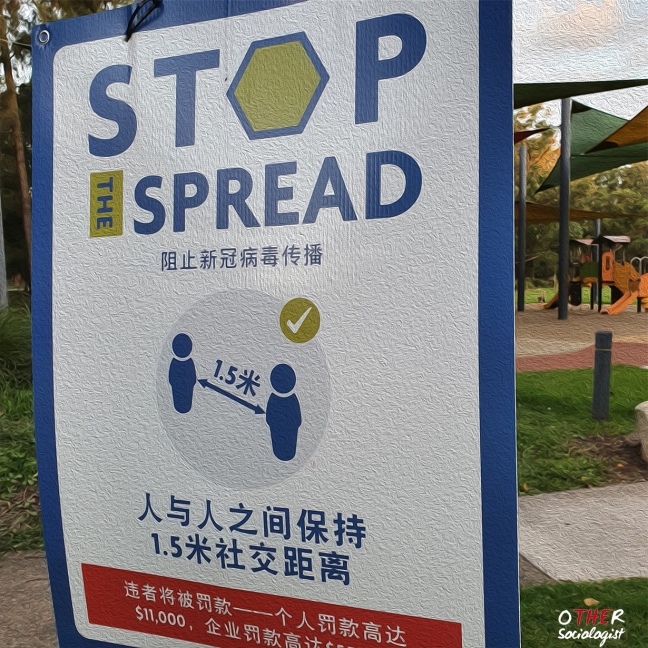
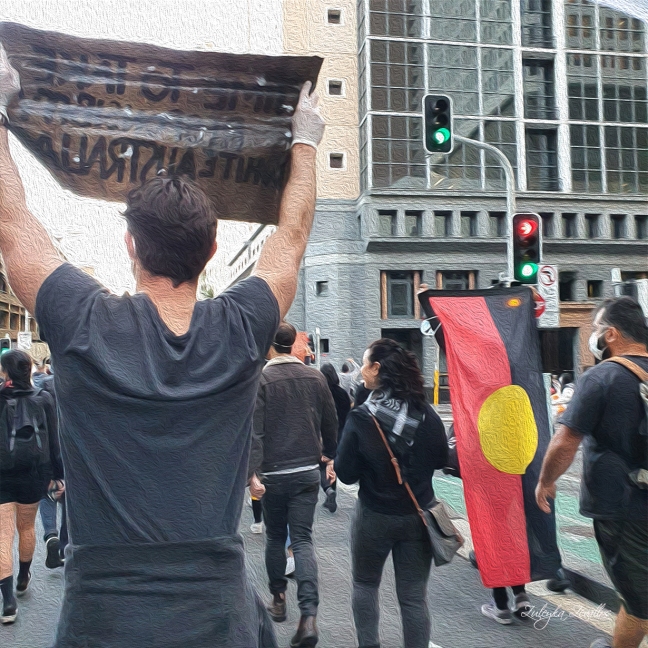
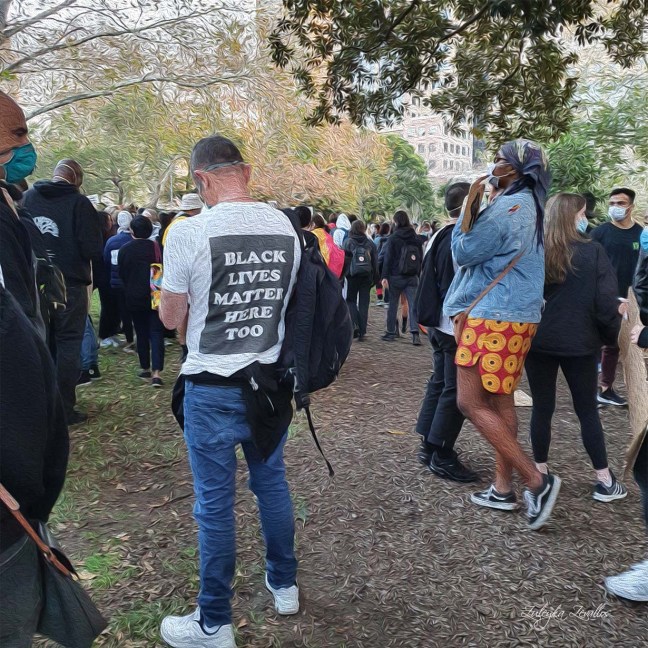
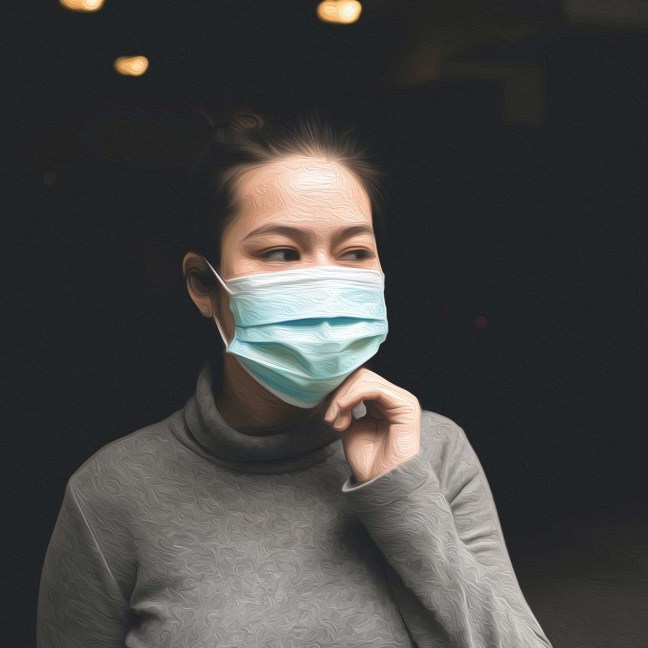

 ‘Joker’ presents a racialised and gendered view of class. Thomas Wayne (Gotham’s White male, super rich aspiring Mayor, played by Brett Cullen) is the antagonist. Wayne refers to protesters with contempt (jokers) and he punches Arthur (before his reincarnation as The Joker, played by Joaquin Phoenix) while he’s emotionally vulnerable. Whiteness prevails in this exchange, because the conflict between the two men is not really about class, as the film attempts to position. Their tension is about masculine power.
‘Joker’ presents a racialised and gendered view of class. Thomas Wayne (Gotham’s White male, super rich aspiring Mayor, played by Brett Cullen) is the antagonist. Wayne refers to protesters with contempt (jokers) and he punches Arthur (before his reincarnation as The Joker, played by Joaquin Phoenix) while he’s emotionally vulnerable. Whiteness prevails in this exchange, because the conflict between the two men is not really about class, as the film attempts to position. Their tension is about masculine power.